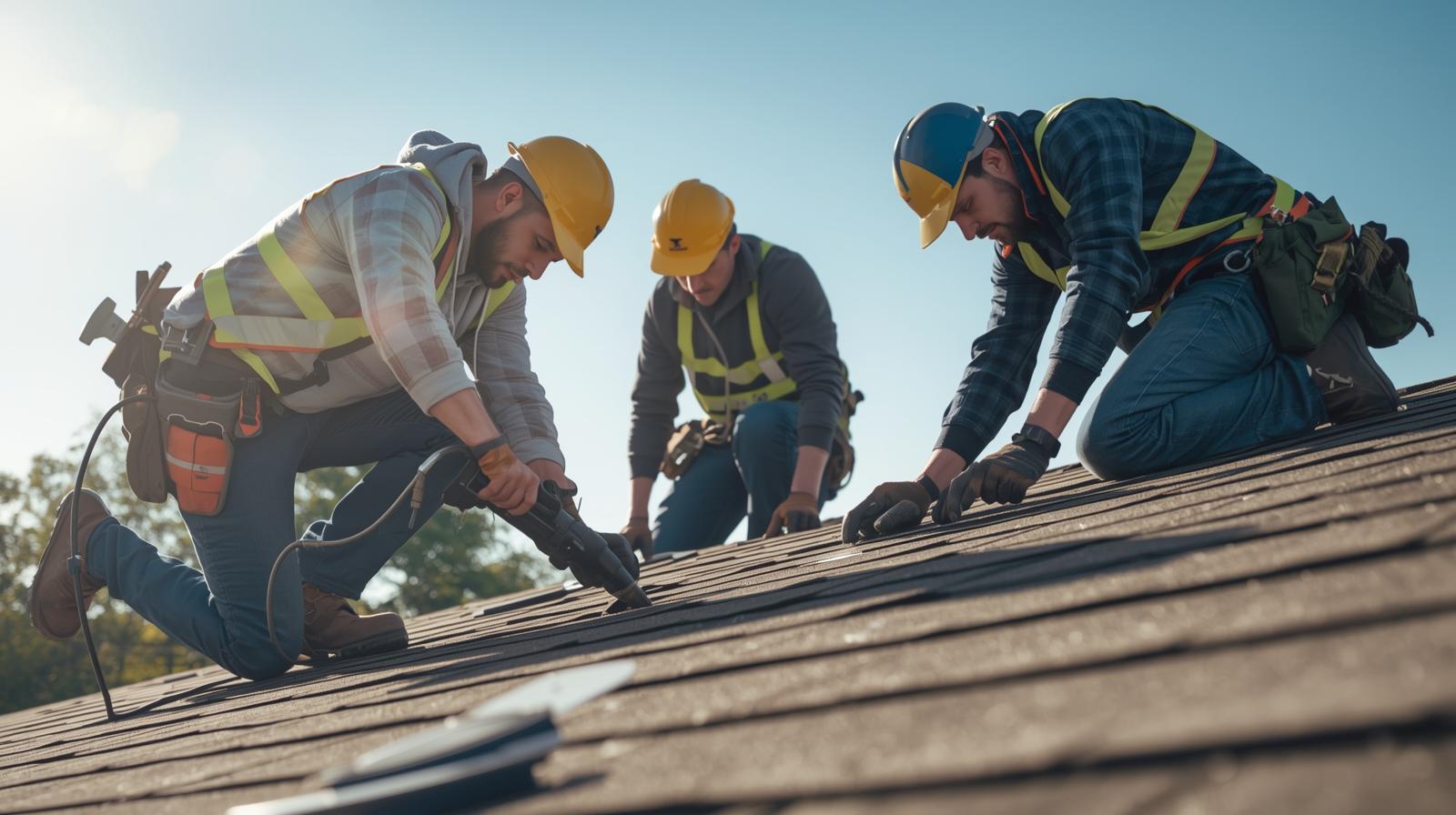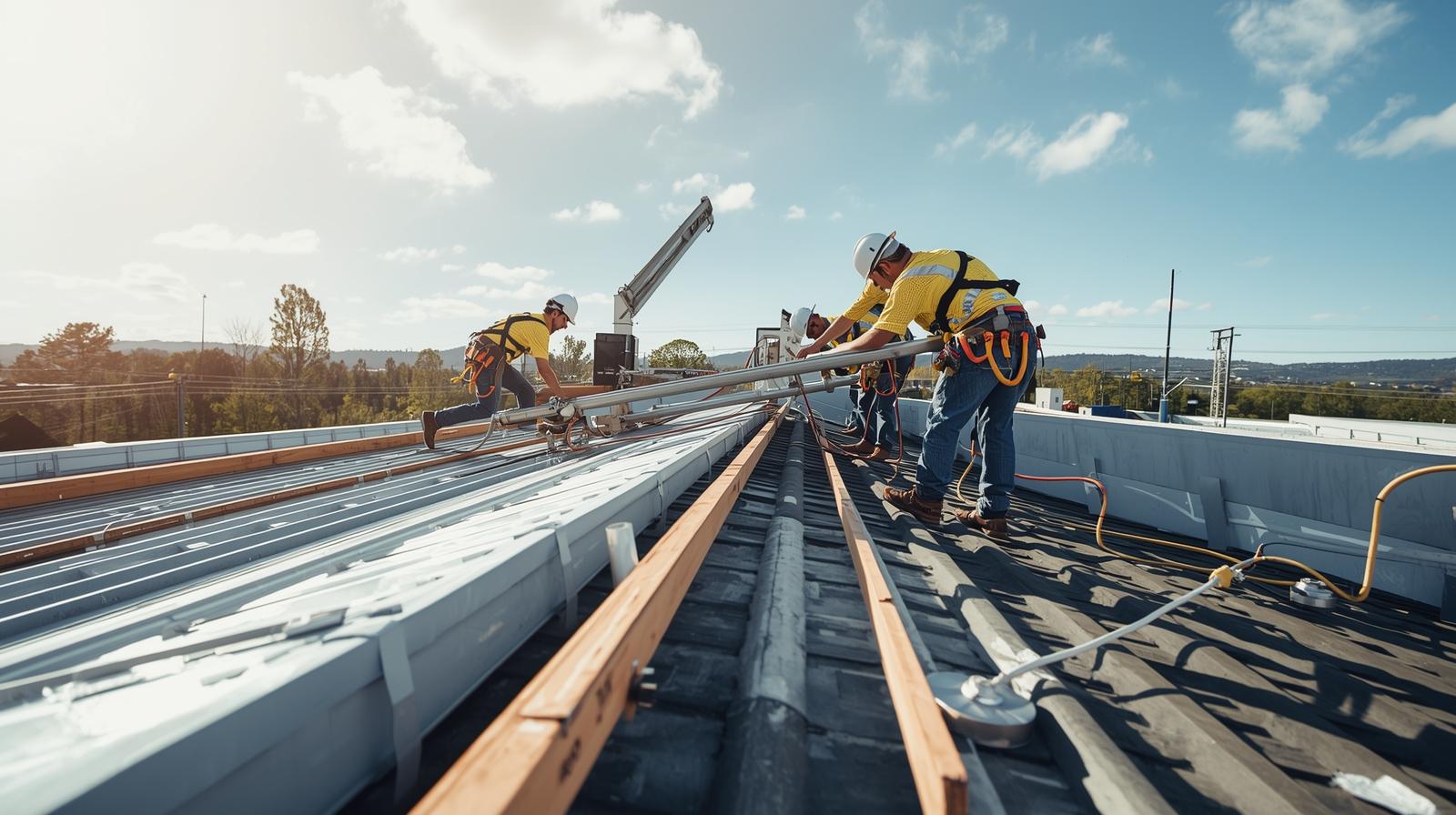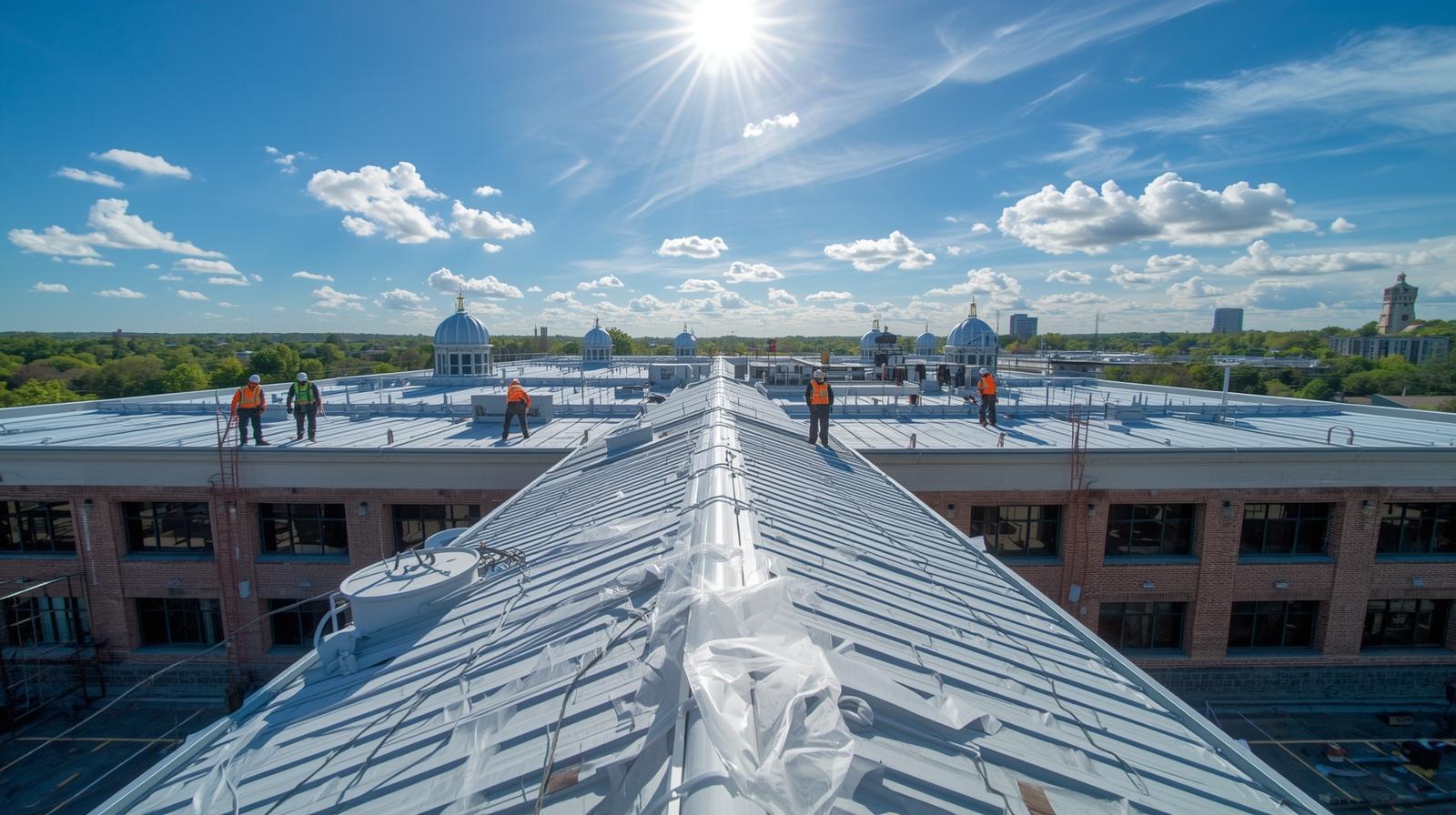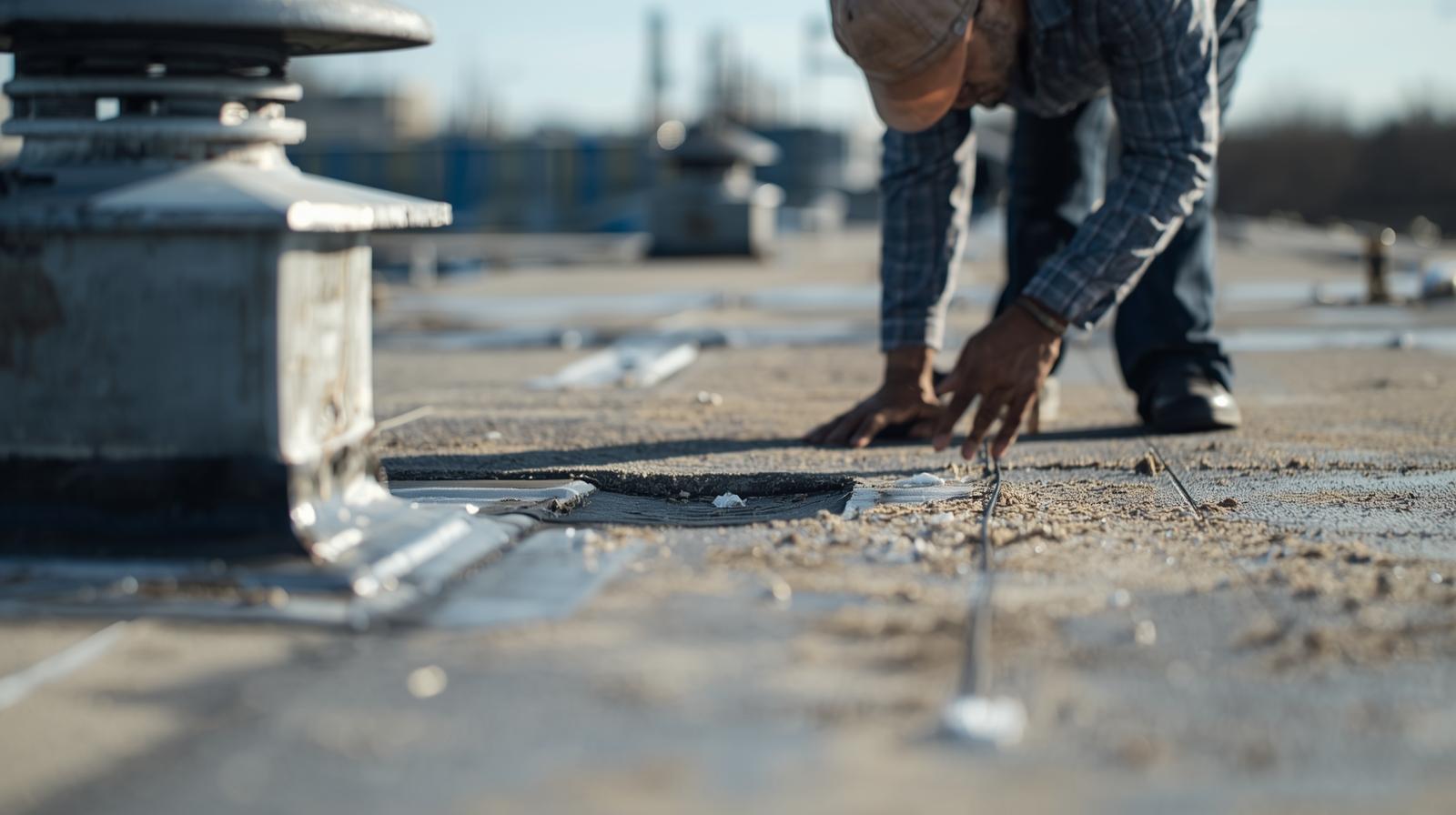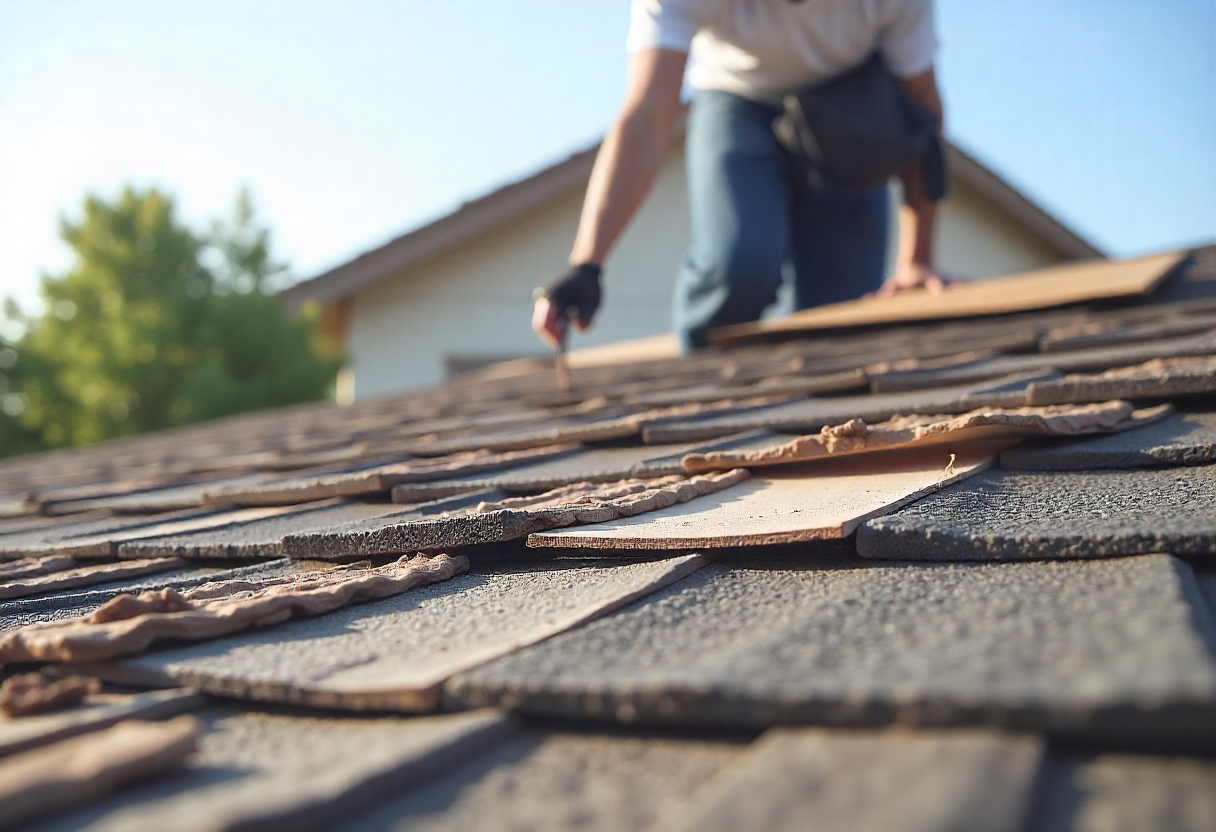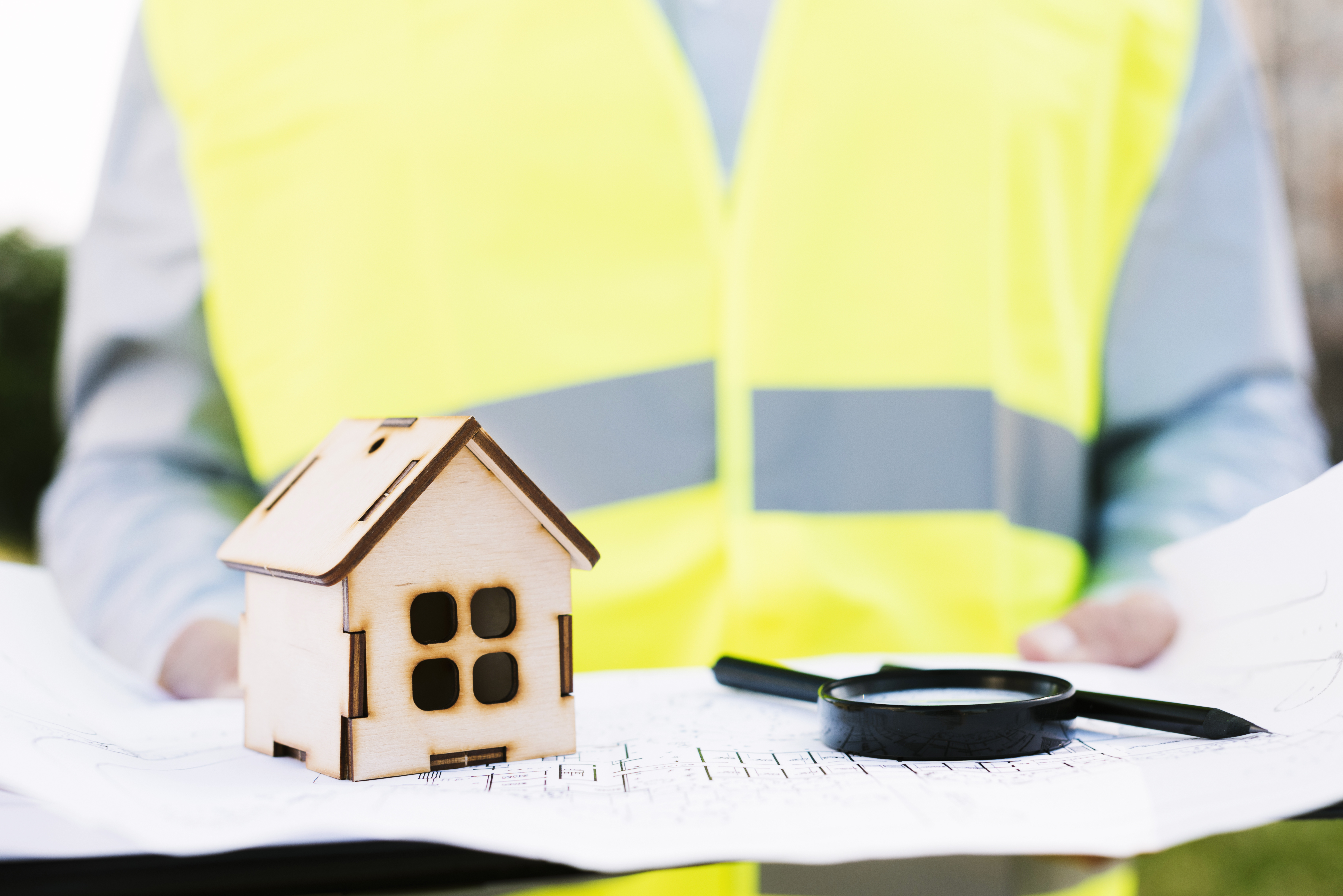A commercial roof does a lot more than just protect the building underneath. It shields your equipment, inventory, and people from rain, wind, and the blazing summer sun. Yet, even though it’s one of the most critical parts of any property, roof maintenance is often neglected until something goes wrong. The truth is, regular inspections can save businesses thousands of dollars in repairs and extend the life of the roof by years.
Whether you manage a warehouse, office building, or retail property, knowing when and how to schedule inspections makes all the difference. Let’s take a closer look at how often you should inspect your roof, what to expect during an inspection, and how seasonal weather and storms affect your roof maintenance schedule.
Why Routine Roof Inspections Matter
Commercial roofs face constant exposure to the elements. Over time, that exposure leads to wear and tear- sometimes visible, sometimes hidden. A small puncture, blocked drain, or loose seam may seem minor, but if left unchecked, those issues can lead to leaks, insulation damage, or even structural problems.
Scheduling regular evaluations from experts who provide commercial roof inspection services is a smart investment in your property’s long-term health. These professionals know what to look for, from early signs of water intrusion to damage caused by temperature fluctuations. The goal is to catch problems before they escalate into expensive emergencies.
Recommended Inspection Frequency
Most roofing professionals agree that commercial roofs should be inspected at least twice a year: once in the spring and once in the fall. These two inspections help identify any damage that may have occurred over the harsh winter or hot summer months.
In addition to seasonal checkups, it’s also wise to schedule inspections after major weather events. Heavy rains, hail, strong winds, or even a nearby construction project can cause hidden damage. A professional commercial roof inspection after a storm can identify issues that might not be visible from ground level.
Here’s a simple breakdown of a smart inspection schedule:
- Spring: Check for damage caused by snow, ice, or freezing temperatures.
- Fall: Prepare the roof for the upcoming winter by clearing debris and ensuring drains are open.
- After Storms: Inspect immediately following hail, high winds, or extreme rainfall.
- Before Major Projects: Have your roof evaluated before installing new HVAC units or solar panels.
Following this schedule gives you peace of mind knowing your roof is always in good shape.
What Happens During a Commercial Roof Inspection
When you schedule commercial roof inspection services, the process goes far beyond a quick visual check. A professional inspection typically includes a thorough evaluation of both the roof’s surface and the underlying components.
Inspectors look for:
- Cracks, blisters, or punctures in the roofing membrane
- Ponding water or improper drainage
- Damaged flashing or seals around vents and edges
- Signs of rust, rot, or mold
- Debris buildup and clogged gutters
In many cases, inspectors also use infrared technology to detect trapped moisture beneath the surface- something that can’t be seen with the naked eye. The inspection report you receive afterward provides a detailed assessment, photos of any problem areas, and recommended next steps for repair or maintenance.
Understanding the Cost
One of the most common questions property owners ask is about commercial roof inspection cost. The answer depends on factors such as roof size, accessibility, and material type. Smaller buildings with simple flat roofs generally cost less to inspect than large industrial complexes with multiple levels or complex drainage systems.
On average, most commercial inspections range from a few hundred dollars to over a thousand. While that might seem like an added expense, it’s far more affordable than dealing with water leaks, damaged insulation, or full roof replacement. Regular inspections not only save money but can also validate manufacturer warranties, which often require documented maintenance to remain valid.
If your property management budget is tight, consider signing up for a scheduled maintenance plan. Many companies offer discounted pricing for clients who commit to recurring professional commercial roof inspection services throughout the year.
How Seasonal Conditions Affect Roof Health
Different seasons bring different challenges for your roof. In the summer, heat can cause materials to expand, leading to cracks or blistering. During fall, leaves and debris can clog drains, allowing water to pool. Winter brings freezing temperatures that create stress on seams and flashings, while spring often reveals hidden damage from ice and snow.
By planning inspections around these transitions, you give your roof the best chance of staying in top condition year-round. Regular care not only extends the lifespan of your roof but also keeps energy costs lower by maintaining proper insulation and ventilation.
Post-Storm Inspections: A Must for Texas Properties
Texas weather is known for its unpredictability. Hailstorms, strong winds, and sudden downpours can strike with little warning. After any severe weather event, it’s essential to have a qualified professional assess your roof for damage. Even if you don’t see leaks right away, hidden issues can lead to costly repairs down the line.
Scheduling post-storm inspections ensures that minor damage is documented quickly, which helps when filing insurance claims. It also prevents small issues from turning into major ones when the next storm hits.
Preventive Maintenance Tips
In addition to regular inspections, there are simple steps you can take to extend your roof’s life. Keep gutters clean and clear throughout the year, especially after heavy winds or falling leaves. Trim nearby trees to prevent branches from scraping or puncturing the roof. Address minor repairs as soon as they’re discovered, rather than waiting until your next inspection.
Establishing a preventive maintenance plan with your roofing contractor ensures you’re always one step ahead of potential issues. Consistent care can add years to your roof’s lifespan and provide long-term savings.
Final Thoughts
Your commercial roof is one of the biggest investments in your property, and protecting it starts with regular attention. Scheduling inspections twice a year, plus after major storms, keeps your roof strong and your business safe from unexpected expenses.
By partnering with trusted experts who specialize in commercial roof inspection services, you gain valuable insights into your roof’s condition and ensure problems are caught early. The small expense of commercial roof inspection cost is nothing compared to the peace of mind and long-term savings that come from proactive maintenance.
With the help of consistent care and timely evaluations, your roof can continue to do its job- protecting your business, employees, and assets- season after season.

